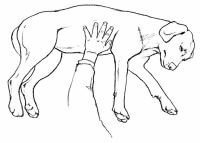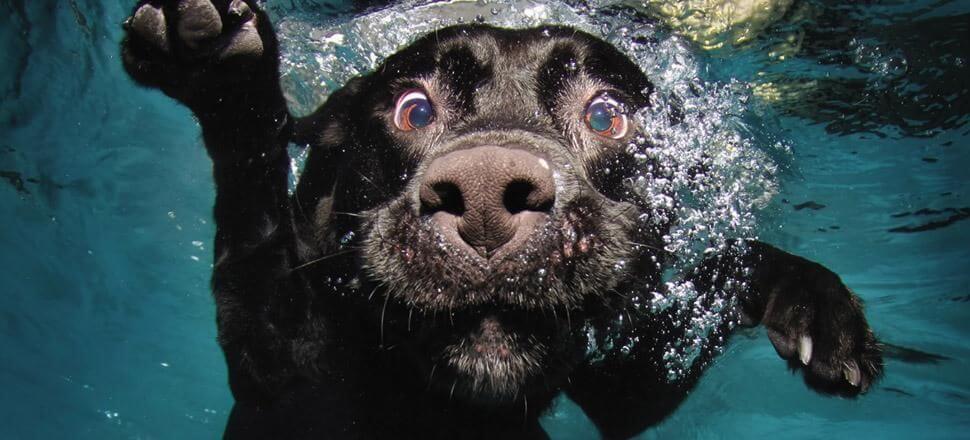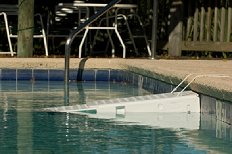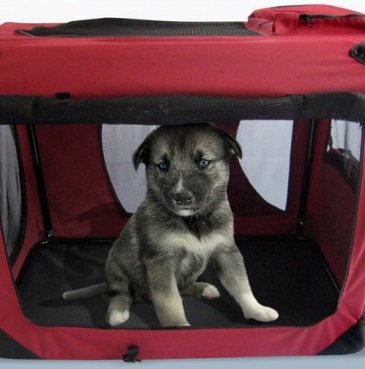
Cheesecake Filled Chocolate Bundt Cake
January 23, 2019
Easy To Make Dog Recipes – Homemade Peanut Butter & Banana Ice Cream
March 11, 2020If you find your dog in the pool, follow these steps. Artificial respiration will maintain the supply of oxygen to the blood so learning the procedure could save your dog’s life. It’s not that different to CPR for humans and one follows the same A,B,C steps— Airways, Breathing, Circulation.

- First, get your dog out of the water and lay him on his side. Remove the collar and other items that may be restricting the throat. Extend the neck (push the head up) to open up the airway.
- Check his colour. If he has a blue/grey tinge, lack of oxygen has already set in. Despite this, still try to revive the dog.
- Open the dog’s mouth, and get a grip on the tongue, pulling it as far forward as possible and away from the back of the throat.

- If the dog is small enough to lift, hang him upside down by the hind legs. Gravity will help expel any ingested water. If he is too large to lift, lay him down with the head at a lower level than the back legs.
- Next, close the mouth then cup the dog’s nose with your hands, making it airtight, or cover the nose with your mouth if it is a small dog. Blow two or three quick breaths into the dog’s airways. Check if his lungs are moving. Continue to blow a little stronger for 15/20 breaths per minute. Don’t blow/exhale with too much force. Human lungs are bigger and you could over inflate the dog’s lungs.
If there is no heartbeat, perform emergency CPR in combination with the artificial resuscitation described above.
- For smaller dogs, put your fingertips on either side of the thorax (the third to the sixth rib down). Apply gentle but firm compressions in one second intervals. For larger dogs, use your palm rather than your fingertips.
- After every fifth compression, breathe into the dog’s nose and repeat the cycle. This ensures that there will be oxygen in the lungs as soon as circulation restarts.
- If there is no heartbeat after three to five minutes there is probably little chance of reviving the dog.
Even if you have been lucky to revive the dog and he appears fine, it is vital that you get him checked by your veterinarian without delay. He will need monitoring as well as blood tests and treatment for possible lung infection from ingesting the pool water. Remember, the best way to prevent a drowning is to keep your pool covered.
NB—use these tips as guidelines. Always consult your vet when it comes to any specialised veterinary issues or procedures.
NOTE for drowning children: If a child has ended up in the pool and you need to apply CPR, keep actioning the CPR whilst you call for an ambulance. DO NOT put the child in the car and rush him to the nearest hospital. Its safest to keep doing the CPR and allowing the ambulance to do the transporting. This is the most valuable time the child will need to keep oxygen to the vital organs.
Source: Pet Health Care




